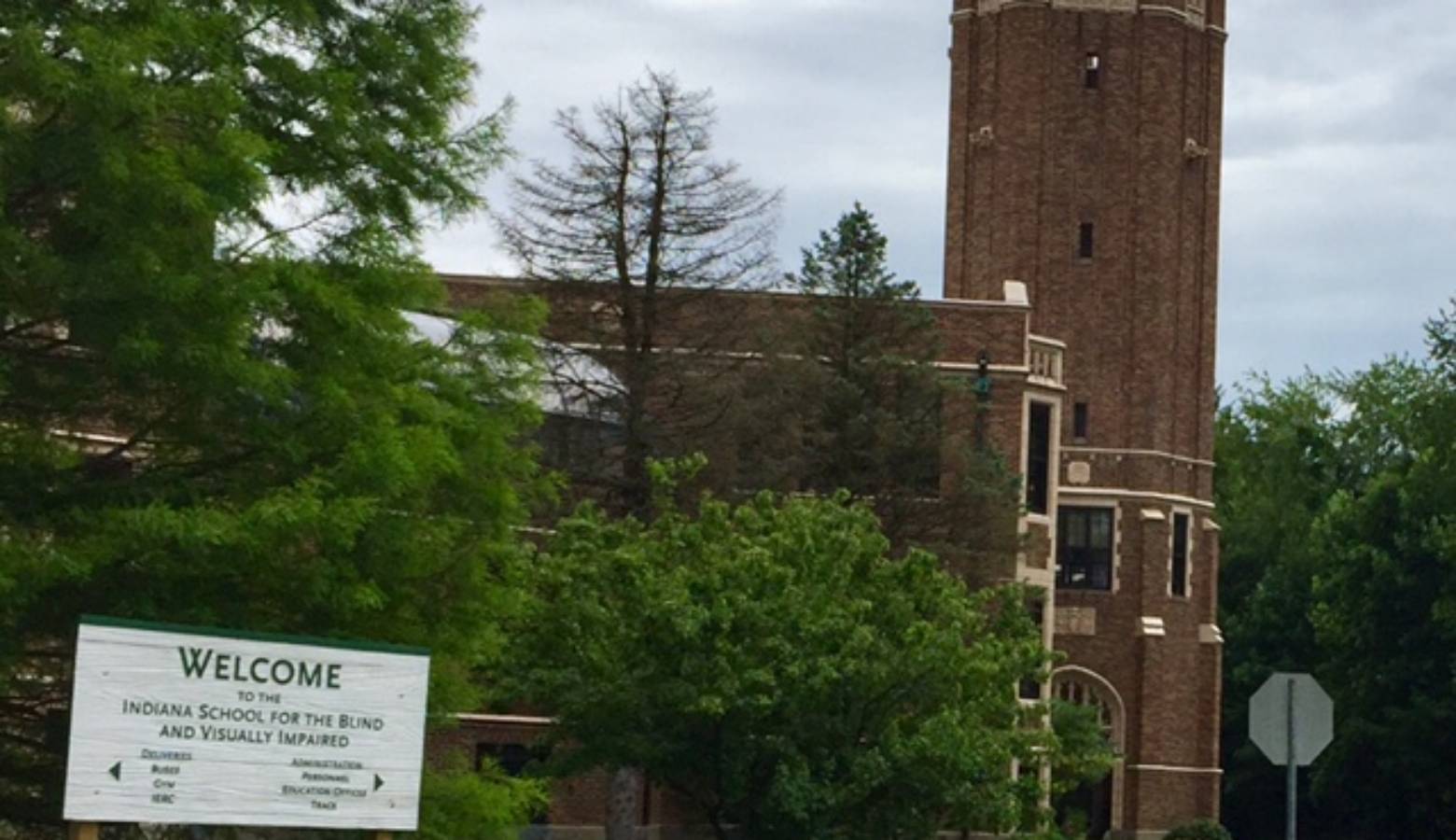Technology Could Open Employment Options For Blind Hoosiers

More than two-thirds of people who are blind or visually impaired are unemployed. Technology to help them enter the workforce is rapidly developing and recent advances could help level the playing field for blind job seekers in Indiana.
Jim Durst has been the superintendent of the Indiana School for the Blind and Visually Impaired for 26 years. He says students want to work when they leave – and they can do the job.
“Probably the biggest challenge we see is employers giving them the opportunity,” says Durst.
Durst says the school tries to hire blind employees whenever possible. For other organizations, accommodations are needed in the workplace, but it might not be that big of a deal.
“Accommodations aren’t always that significant,” says Durst. “And it’s the lack of knowledge on the employer’s part more often than not.”
The school in Indianapolis has been serving young people who are blind or visually impaired in Indiana for the past 170 years. But Durst says the first reading machine for blind people was only developed 40 years ago.
“We were fortunate to purchase one of the original machines and I think it was $50,000 and it was the size of three tables,” Durst says.
Today that reading machine has turned into a $10 app that one of their board members uses every day.
“Now he can hold his iPhone over a document and have the app read the document for him,” Durst says. “It’s really made a difference.”
Mendi Evans has been blind since birth. She’s worked at Bosma Enterprises for the past nine years as a technology specialist. The nonprofit company helps blind and visually impaired people find employment in Indiana.
Part of Evan’s job is to keep up with the latest tech for blind people. She heard about BlindSquare at a conference and when her boss asked her if she knew anything about it – she got to work.
“He asked a co-worker and I if we could test it out in the world and we did and we liked what it did,” says Evans. “And he asked well, don’t they have an indoor option? Maybe we should try that for our new building.”
Most location apps for blind people detail the outdoor environments but this one is programmable for indoors. When Bosma moved into their new space this summer, Evans was ready.
“Instead of coming to a new building and thinking ‘where am I going’ instead I knew I had the app and if I needed to I could shake the app and hear what’s around,” she says.
BlindSquare uses a smart phone’s GPS with other data programmed into beacons, small bluetooth devices placed around a building.
Bosma COO David Smith says it’s the first Indiana organization to use the navigation application inside.
“It’s going to allow us to bring new folks on, additional folks and elevate the people we do have to explore other opportunities,” says Smith.
Smith also hopes the simple and inexpensive program makes it easier for companies to hire blind and visually impaired employees.
“That’s always been one of our goals to educate the general public on the different things they can do to bring this group who is underserved into the work force,” Smith says.
Bosma works collaboratively with agencies across the state and beyond to decrease unemployment. Still, the vast majority of working-age blind adults don’t have a job –despite federal and state spending of more than $250 million a year to change that.
